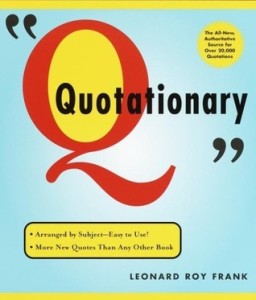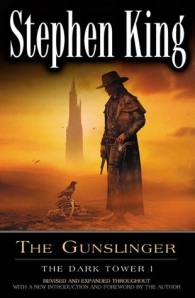In one of the scenes in” The Amazing Spider Man“, we find Peter Parker and Gwen in class with the teacher discussing plot. She tells her students that someone once said there were only 10 different types of plots, but she disagreed. In her opinion, there was only one plot line–who am I?
What do you think? Consider all of the works you’ve seen or read and all of those that you’ve created. Do any or all of them answer, or seek to answer, the question “who am I”?
 I don’t know if it’s true for every work of the world that’s ever been or will be written, but I think there’s a possibility that it could be.
I don’t know if it’s true for every work of the world that’s ever been or will be written, but I think there’s a possibility that it could be.
If I think of all the works of fiction that I’ve written and am working on, you could easily say that each of the main characters are, in some way, on a quest to discover themselves. And isn’t that essentially what we, as people, are trying to to with our lives? Aren’t we all trying to figure out who we are and and we’ve been put here?
Take Harry Potter by J.K. Rowling, fir example. From the first day that we meet Harry, he’s trying to find himself. If you haven’t read these books, then
- you must read them–now. Go!
- I’ll explain what I’m talking about. The first time that we meet Harry, he’s living (if you can call it that) with his aunt, uncle, and cousin–all of whom hate him. Naturally, a boy of almost 10, who finds himself in this particular situation, does a lot of questioning why he’s in these circumstances along with wishing that his parents hadn’t left him to this part of their family. Then, one day, a letter comes in the mail addressed to Harry. Though they won’t admit, his aunt and uncle know exactly what this means and burn the letter and the subsequent letters that follow until (in ways that you’ll have to find out by reading the books), Harry finally gets to read one of the letters. He finds out that he’s a wizard. But this doesn’t exactly answer his “who am I” question, it just open a whole new box of questions.
Another example is Disney’s Frozen. Both of the main characters–Anna and Elsa–spend the movie trying to figure out who they are. If you haven’t seen this movie,
- go watch it now!
- read the review that I wrote of it so you can get a better grasp of what I’m talking about.
My last example is the TV show, The Blacklist. Throughout the show, the main character, Liz Keen, just wants to know who she is. It seems that she can’t pin down her past or even the true identities of the people around her. Again, if you’ve never seen this show,
- this is definitely a crime show worth getting in to. Go see it!
- I’ve written a review of this one as well.
All three of these are good examples of the plot line “who am I”. Tell me, what do you think of all this? Agree? Disagree? Examples of why for either response?
 This is a time of renewal and rebirth. And allergies. So many allergies.
This is a time of renewal and rebirth. And allergies. So many allergies.




